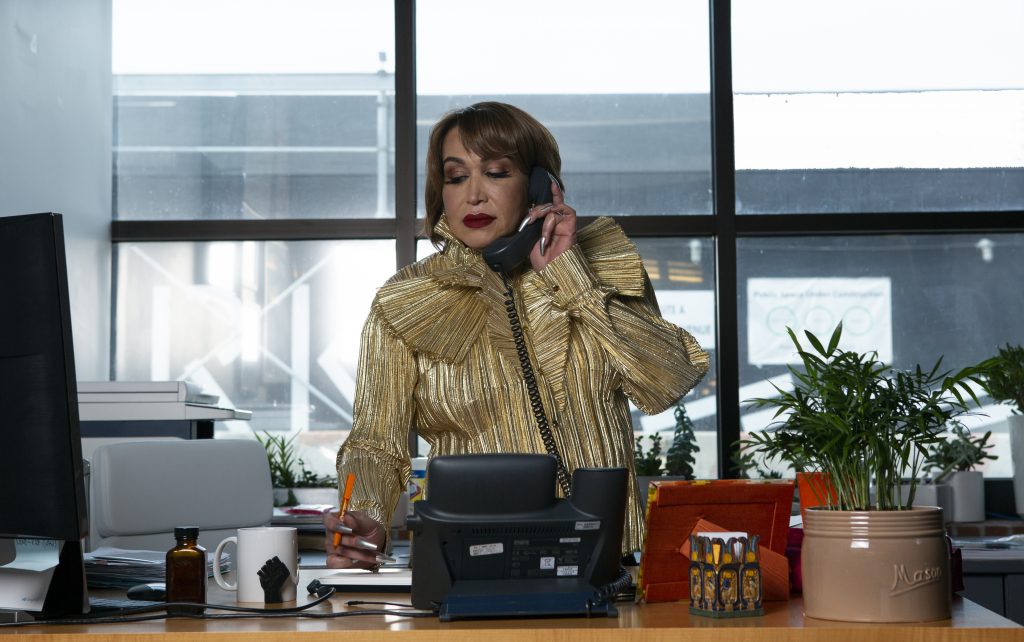There’s no such thing as just an image. Visuals are often the first touchpoint people have with a brand. When you share imagery, clients, employees and the public is affected by who’s included and how. When we’re not represented authentically, we notice.
The Issue
Marketing and advertising imagery has been a tool of oppression, and the industry still has a lot of catching up to do. But it’s worth it to get there.
A Problematic History
It’s no secret that those who are shown the most, and those least likely to be stereotyped or typecast when they are shown, are those with privilege.
Let’s glimpse back a a few decades. Female characters are shown only in domestic roles, and nearly all of these women are white. Indigenous and Black characters, and other characters of colour, are almost always written to fulfill racist tropes (if at all). Traditional family structures dominate, and 2SLGBTQIA+ folks hardly see their gender or relationships portrayed. If by some chance they do, they’re villainized. Disability isn’t part of the narrative. And, while this isn’t necessarily the media and advertising we see today and we owe it to ourselves to celebrate the progress made, many of these issues persist. (If you want more detail, check out this Think Google report). If we show what we’ve always shown, we help bias and oppression continue.
Serving Equity-Deserving People and Groups
You probably don’t need these dots connected, but it’s hard not to see yourself portrayed authentically and with humanity, or not to see ourself at all. It affects both the way we see ourselves and the way others see us. Collectively, marketers and communicators play a big role in setting the narrative about what’s perceived to be right, normal and true. If you’re not being inclusive, you’re alienating equity-deserving people and groups by adding one more barrier.
Not Enough On Its Own
When we talk about diverse imagery, we sometimes get the question, Isn’t it performative? And the answer is, it certainly can be. If it doesn’t feel authentic or it doesn’t feel true to those with lived experience, you’re not there yet. But, if the imagery is inclusive and feels like an accurate represented to those represented, and if you’re making efforts to ensure those who look like the folks in your diverse media and advertising are represented, safe and heard at every level of the organization, it’s not just important but crucial that you consider representation. It’s only performative if it’s false advertising.
If you are questioning whether you’re being performative, dig into that. What do you still need to do to include diverse people in your organization? Don’t let the fear of doing it wrong paralyze you – let it motivate you to make the changes or seek the help needed for diverse advertising to be authentic.
Stock Resources We Love
So, let’s get down to it. You’re ready to be more inclusive in your imagery, but you don’t know where to start. Up until quite recently, there really weren’t a lot of options. Even now, most stock photo sites prioritize content by most popular and, unfortunately, diverse imagery doesn’t tend to be the most popular.

Here are some resources we love. This list is definitely non-inclusive!
- POCstock, for stock photography featuring models of colour
- AllGo, which features diverse plus-size models
- Blush, for diverse, customizable illustrations
- Vice’s Gender Spectrum Collection, featuring diverse trans and non-binary models
- Black Illustrations for beautiful illustrations of Black people
- Storyblock’s Re: Stock campaign for inclusive video footage
- The Disabled and Here Collection, which features photos and illustrations celebrating Black, Indigenous, people of colour
Have a resource you’d like to see added to this list? Suggest it in the comments.










One Response
https://nappy.co/